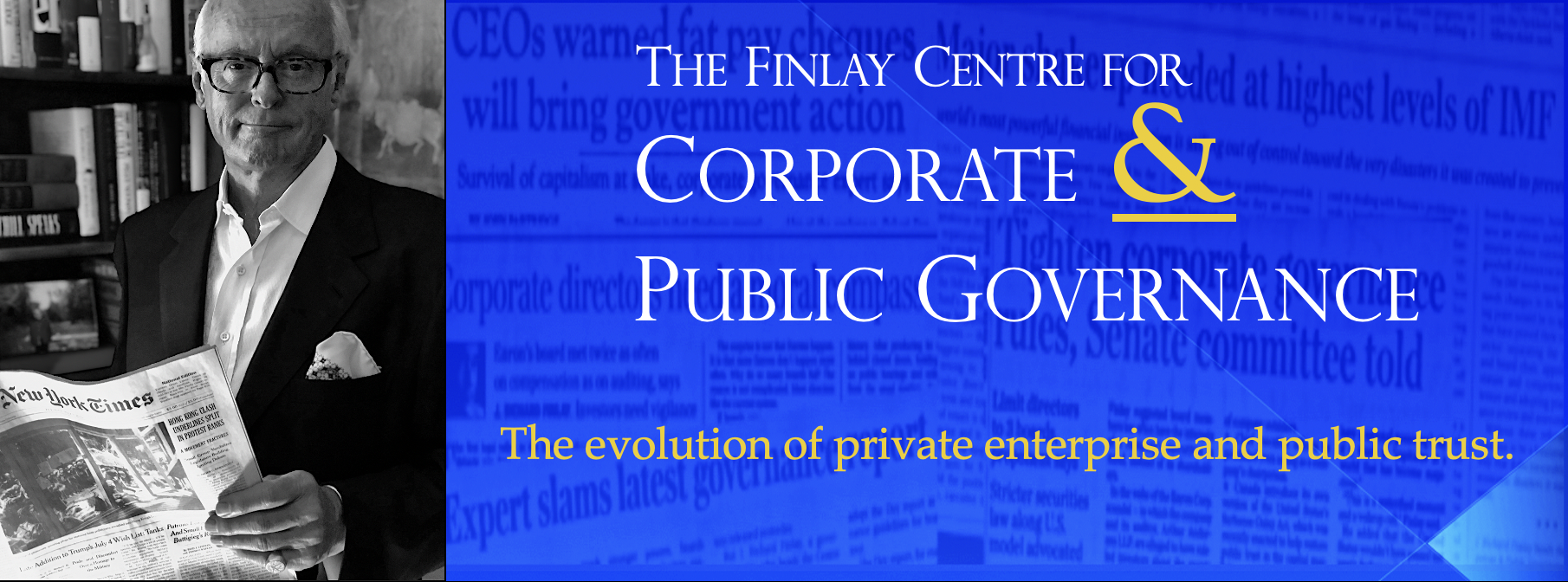One of the most disaster-plagued boards in corporate America has done it again. Right after the results of a third quarter that offered the first glimpse of a turnaround, it announces the departure of its CEO and COO the next day. It is a classic case of how not to handle a seminal change, if that’s what it is. No responsible board would permit a situation where the CEO is gone by noon after a sudden announcement in the morning, unless there is something terribly wrong. An orderly period of transition to help investors become acclimatized to the new faces typically occurs. The number one and number two executives never leave at the same time, unless the board is oblivious to the effects of harmful conjecture and divisive speculation, which is what the market will always resort to in the absence of credible and timely information. That’s been happening all day with Citigroup.
These pages have offered much criticism of Citigroup’s governance and leadership for many years. It has been a rolling disaster since the demise of Sandy Weill. Its stock still bears no relationship to what it once was, and is down some 90 percent under Vikram Pandit. The bank lags the performance of its peers. Its board has constantly misread red flags and warning signs has had a tin ear when it comes to how it is being perceived by regulators, investors and retail customers. Admittedly, there are new faces in Citigroup’s boardroom, but this latest event does not contribute to investor confidence and there is much speculation that lurks behind the departures, to say the least.
What is happening at Citigroup may be totally above board. But it is a clumsy way to handle it. And in that regard, nothing has really changed at Citigroup.
